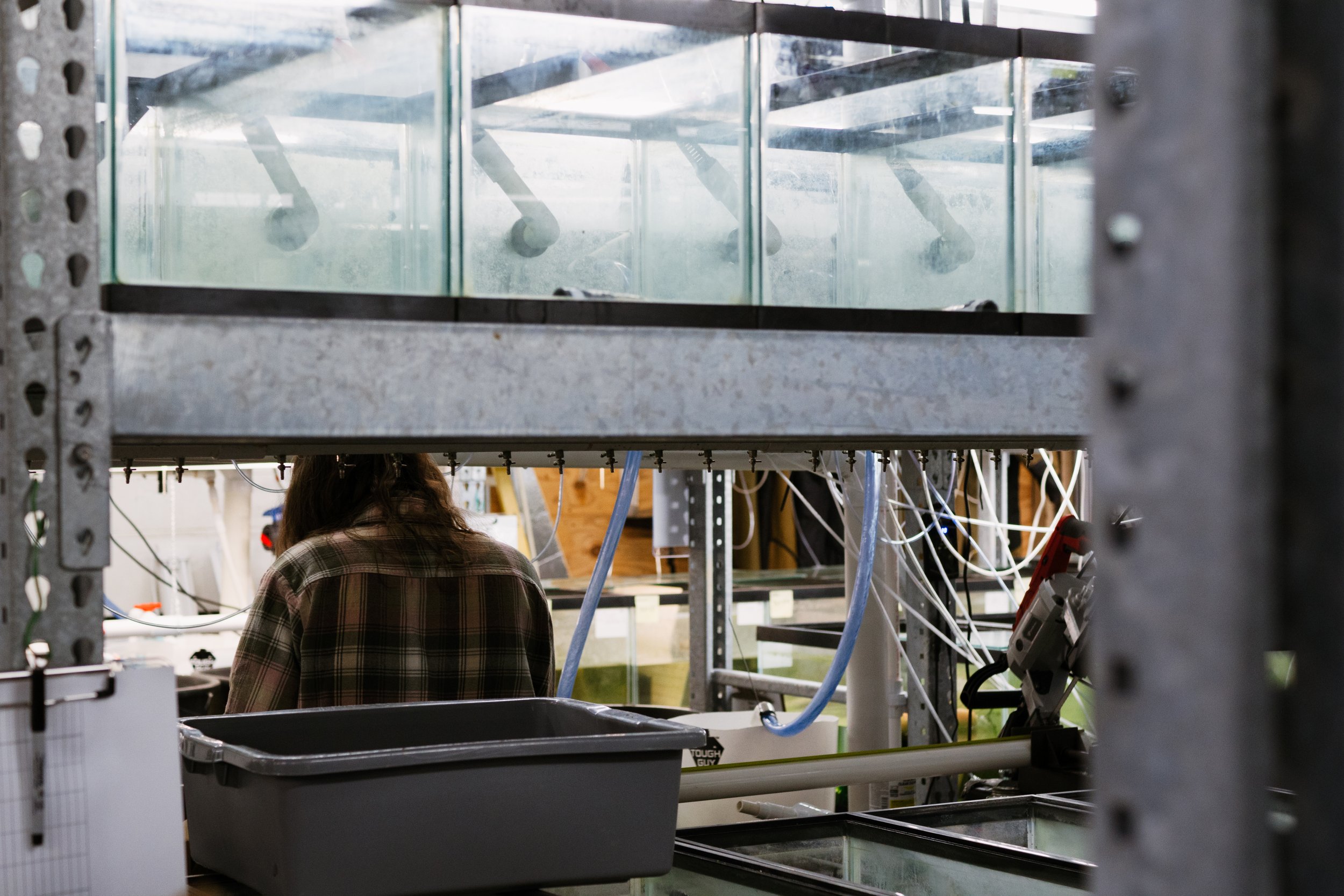
Our Mission: Conserve and Restore
Native Fish Populations
Conservation Fisheries is a non-profit organization based in Knoxville, Tennessee. Founded in 1986 and incorporated in 1992, CFI is a captive propagation facility dedicated to the preservation of aquatic biodiversity in our streams and rivers. Over the last few decades, we have developed techniques to propagate more than 80 non-game fishes, including some of the most imperiled species in the southeastern United States. We are the first and only private facility in the Southeast to propagate rare,
non-game fishes for recovery work.
Our primary goal is to restore fish populations that have been eliminated due to various anthropogenic impacts.
We also produce many rare or difficult-to-collect species for other purposes related to aquatic conservation.
Where It All Began…
In 1957, Abrams Creek, a mainstay of the Great Smoky Mountains National Park, was poisoned to eliminate “rough fish” in favor of a trophy trout stream. In the aftermath, ecologists and conservationists realized that undescribed species of madtoms were among the fish removed from this creek.
This discovery launched a propagation project that would evolve into creating the first private facility to propagate native, non-game fishes in the southeastern United States.








